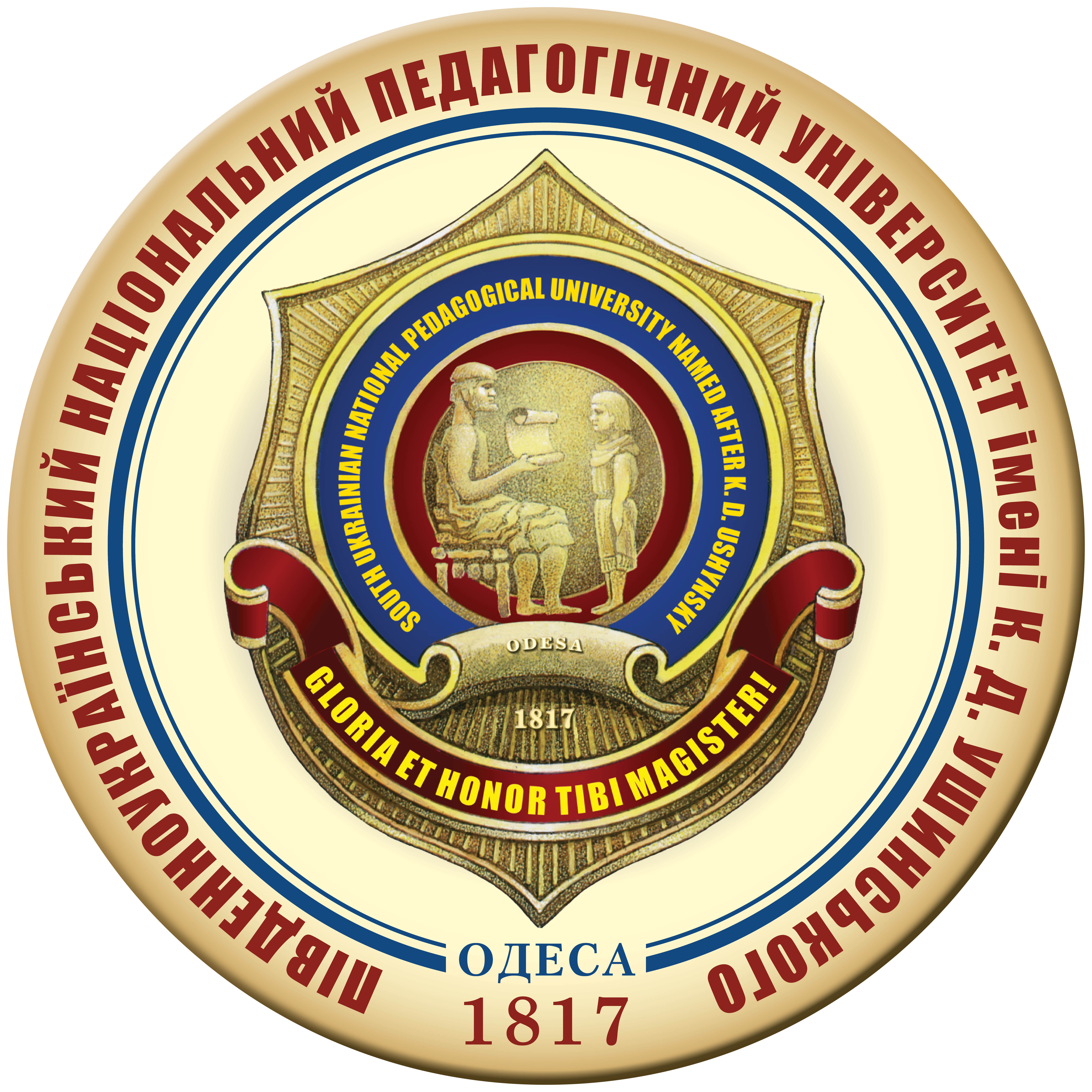DYNAMICS OF INDICATORS OF SPEECH DEVELOPMENT AND PHYSICAL FITNESS OF CHILDREN OF OLDER PRESCHOOL AGE IN THE EDUCATIONAL PROCESS OF ZDO
DOI:
https://doi.org/10.24195/olympicus/2024-2.21Keywords:
means of adaptive physical education, speech development disorder, educational process, speech, physical fitness.Abstract
The issue of adaptation and socialization of preschoolers with impaired speech development in the educational process of preschool education institutions is of great importance, because one of the most common problems among this age group is impaired speech development. It has been proven that physical education contributes to improving speech, strengthening health and adaptation of children in society. The results of the experiment confirmed the fact that adaptive physical education is an effective means and an integral part of the educational process of children with speech disorders. The purpose. To determine the dynamics of indicators of physical fitness of 5–6-year old children with impaired speech development in the course of classes on adaptive physical education in preschool. Research methods. The realization of the set goal involved the use of a number of complementary research methods: theoretical analysis and generalization of data from scientific and methodological literature and the Internet, pedagogical methods of research, methods of mathematical statistics. Results of work. The research was carried out in PEI No. 652, 270 of the combined type of Darnytskiy district of Kyiv from September 2023 to April 2024. The study involved 44 children aged 5–6 years with impaired speech development were involved, of which 32 were boys and 12 were girls. In the course of the research, a diagnosis of speech development (nominative function of speech and understanding of complex logical-grammatical constructions) was carried out, and the physical fitness of 5-6-yearold children with impaired speech development was assessed. The number of boys who, in the process of naming an object by a picture, distort the sound-syllable structure of the word decreased by 9.3%. The number of girls who searched for the correct name during the task increased by 8%. The number of children who have an accurate understanding of complex logical-grammatical constructions increased by 3.1%, and 3.1% more children allow questioning and mistakes. The percentage of girls who are characterized by a long search with finding the correct picture decreased by 17%, on the other hand, the number of girls who question and make mistakes increased. Positive dynamics were noted in the physical fitness of boys and girls aged 5-6 years with impaired speech development during the experiment in preschool education institutions. Conclusions. The results of the study testify to the effectiveness of the use of adaptive physical education in the educational process of children of older preschool age with speech disorders.
References
Tier 2 oral language and early reading interventions for preschool to grade 2 children: a restricted systematic review / S. Goldfeld et al. Australian journal of learning difficulties. 2022. Vol. 27, no. 1. P. 65–113.
Мартиненко І.В. Особливості комунікативної діяльності дітей старшого дошкільного віку з системними порушеннями мовлення : монографія. Київ : ДІА, 2016. 304 с.
Подгорна В.В. Використання засобів фізичного виховання в навчально-корекційному процесі у школярів із порушеннями мовлення. Наука і освіта. 2016. № 4. С. 183–188.
Макнамара Д. Спокій. Гра. Розвиток. 2-ге вид. Дніпро : Смакі, 2022. 272 с.
Аніщук А.М. Формування мовленнєвої особистості в дошкільному дитинстві. Імідж сучасного педагога. 2010. № 6–7. С. 93–97.
Керик О.Є. Використання ігрових та арттерапевтичних засобів у педагогічній роботі з дітьми з особливими потребами. Поради спеціаліста. 2015. № 5 (154). С. 49–51.
Пангелова Н.Є., Круцевич Т.Ю. Нейропсихологічні засади активізації мовлення дітей старшого дошкільного віку при виконанні рухових дій. Psycholinguistics. 2019. № 25 (1). С. 232–255.
Притиковська С.Д. Теоретичні та методичні аспекти розвитку темпоритму мовлення засобами музично-ритмічного та фізичного виховання. Актуальні питання корекційної освіти (педагогічні науки). 2019. № 14. С. 248–259.
Гноєвська О.Ю., Кузьменко І.П. Нетрадиційні методи та підходи у вихованні дітей з порушеннями мовлення. Науковий часопис. Корекційна педагогіка. 2021. № 41. С. 20–26.
Горбунова Н.В. Ігрова діяльність як засіб розвитку зв’язного мовлення старших дошкільників. Теорія та методика навчання та виховання. 2012. № 31. С. 44–56.
Sustained attention in developmental language disorder and its relation to working memory and language / E. Smolak et al. Journal of speech language and hearing research. 2020. Vol. 63, no. 12. P. 4096–4108.
Райчук М. Домашня логопедія. Ефективний курс для занять з дітьми. Харків : Книжний Клуб «Клуб Сімейного Дозвілля», 2024. 128 с.
Крутій К.Л. Діагностика мовленнєвого розвитку дітей дошкільного віку. Запоріжжя : ТОВ «ЛІПС» ЛТД, 2005. 208 с.
Давиденко О.В., Семененко В.П., Трачук С.В. Основи програмування фізкультурно-оздоровчих занять з дитячим контингентом. 2-ге вид. Київ : ТОВ Видавничий дім АртЕк, 2019. 248 с.








